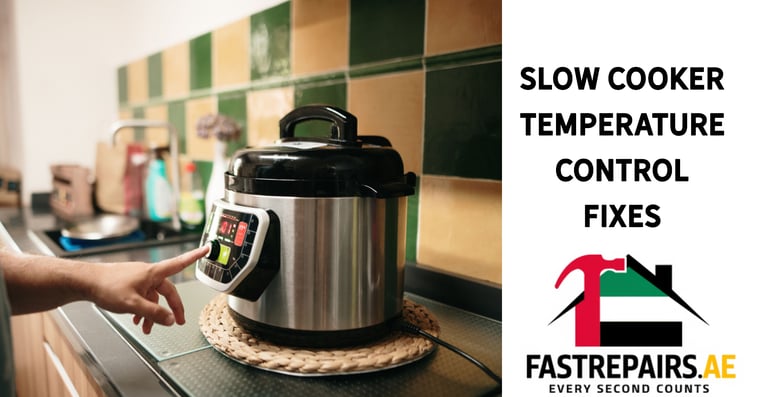Slow Cooker Not Heating? Dubai’s Trusted Repair Service
Get precise temperature calibration for slow cookers. Avoid undercooked meals with FastRepairs.ae’s expert technicians.
REPAIRS
4/6/20258 min read
Understanding Slow Cooker Temperature Control
Precise temperature control is a fundamental aspect of successful slow cooking, ensuring that meals are cooked thoroughly and safely while enhancing their overall flavor. Slow cookers come equipped with various temperature settings, typically low, medium, and high, each designed to accommodate different cooking times and food types. Understanding these settings is crucial for busy professionals in Dubai who rely on slow cookers to prepare nutritious meals with minimal effort.
The low setting usually maintains a temperature of approximately 190°F (87°C), while the medium setting hovers around 250°F (121°C). The high setting, which can reach temperatures up to 300°F (149°C), is ideal for quick-cooking recipes or for those who may have less time to allow their meals to simmer. The choice of temperature directly influences not only the duration of cooking but also the texture and tenderness of the ingredients, making adherence to recommended temperature settings vital.
Inconsistencies in temperature can lead to food safety risks, particularly with meat, which must be cooked to a safe internal temperature to prevent foodborne illness. For instance, cooking on low for extended periods can yield tender results, while high settings can cause meats to be tougher if not monitored properly. Additionally, temperature-related issues may arise, such as uneven cooking, where certain areas of the food may not reach safe temperatures, or burnt edges due to excessively high heat.
Being aware of these potential pitfalls allows users to employ proactive measures to maintain ideal cooking conditions. With this understanding, busy professionals can make informed decisions regarding their slow cooker usage, ensuring that the meals prepared not only meet safety standards but also maximize flavor and texture.
Calibrating Your Slow Cooker for Accurate Temperature
Calibrating your slow cooker is essential for ensuring it heats food evenly and accurately, which is particularly important for busy Dubai professionals who rely on this appliance for meal preparation while managing their demanding schedules. The process of calibration can help prevent frustrating instances of undercooked or overcooked meals, ultimately saving both time and resources.
To begin the calibration process, these steps should be followed. First, fill the slow cooker with approximately 3 to 4 cups of water. Plug it in and set it to the high temperature setting. Use an instant-read thermometer to measure the temperature of the water after 4 hours of cooking. The ideal temperature for the water should reach around 200°F (93°C). If the thermometer indicates a temperature significantly lower or higher than this, adjustments are necessary.
If the temperature is too low, consider checking the slow cooker’s heating element for any issues or using a different outlet to ensure consistent power supply. Conversely, if the temperature is excessively high, it may indicate a malfunction in the thermostat, which may require professional repair or replacement. Signs that indicate your slow cooker may need calibration include prolonged cooking times or uneven cooking results, such as some parts of a dish being overcooked while others remain undercooked.
For busy professionals, accurate temperature settings are crucial as they dictate the efficiency of meal preparation. A slow cooker that operates at the correct temperature not only enhances the quality of meals but also allows for precise timing. Regular checks and calibration of your appliance can ensure that it continues to serve your culinary needs effectively, simplifying your cooking process and contributing to your overall productivity.
Identifying and Fixing Heating Element Failures
Heating element failures in slow cookers are a common issue that busy professionals in Dubai may encounter. Recognizing the signs of a malfunctioning heating element is crucial for ensuring that meals are cooked properly and efficiently. One of the first indicators of heating element failure is irregular heating during the cooking process. If you notice that food is consistently cooked unevenly or there are cold spots in your dishes, it may be time to investigate the heating element.
To diagnose a potential heating element issue, unplug the slow cooker and inspect the electrical cord for any visible damage. Look closely for frayed wires or exposed conductors, as these signs can point to electrical problems. Next, examine the base of the cooker where the heating element is located. If the exterior feels excessively hot, sizzles, or emits smoke, these are further indicators that the heating element is not functioning as intended.
For a more in-depth troubleshooting approach, you can use a multimeter to test the heating element for continuity. Disconnect the slow cooker from the power source and access the heating element. Place the probes of the multimeter on each terminal of the heating element. If the multimeter does not register continuity, this confirms that the heating element has failed and requires replacement.
In cases where simple troubleshooting does not resolve the issue, it may be necessary to call a professional repair service. Engaging expert help can save time and ensure safety during repairs. However, if you’re comfortable with DIY repairs, you can often find replacement elements at a lower cost than purchasing a new slow cooker. For a detailed comparison of repair versus replacement costs, resources like fastrepairs.ae can provide valuable insights. Ultimately, conducting regular maintenance and identifying issues early on can prolong the lifespan of your slow cooker and enhance your cooking experience.
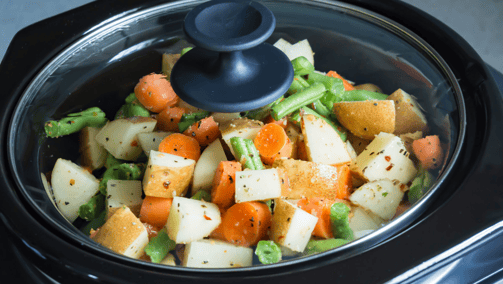

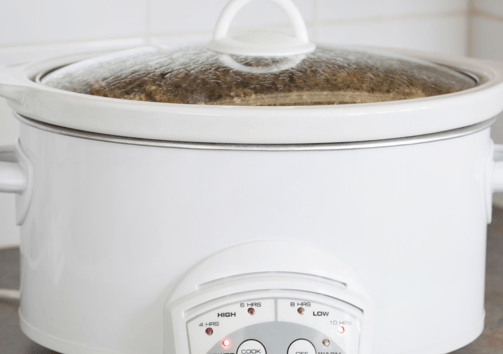

Resolving Timer Malfunctions for Perfect Cooking Times
Timer malfunctions are a prevalent issue that can significantly affect meal preparation in slow cookers, particularly for busy professionals in Dubai. These malfunctions can stem from various causes, including software glitches or faulty wiring, leading to incorrect cooking times and unsatisfactory meal outcomes. Understanding these issues is essential to ensure that a slow cooker operates effectively and provides perfectly cooked meals consistently.
One common cause of timer malfunctions is software glitches. These may occur after a power surge or if the slow cooker has not been used for an extended period. To address this issue, a simple reset procedure can be employed. Unplug the slow cooker for a few minutes and then plug it back in; this process can sometimes clear minor glitches and restore proper functionality to the timer.
Another potential cause of timer issues is faulty wiring. Over time, the internal wiring may become damaged or loose, preventing the timer from functioning correctly. If you suspect wiring damage, it’s essential to visually inspect the slow cooker. Ensure that all connections are secure and there are no visible signs of wear or disconnection. If any abnormalities are evident, this may be a sign that repairs are necessary.
In many cases, DIY solutions can effectively resolve timer malfunctions. However, if the problem persists despite these attempts, it may be time to consult with a professional service such as fastrepairs.ae. Trained technicians possess the expertise to diagnose more complex issues, perform necessary repairs, and ensure the slow cooker is restored to optimal functioning.
In conclusion, addressing timer malfunctions promptly is essential for busy Dubai professionals who rely on their slow cookers for efficient meal preparation. By recognizing potential causes and employing either DIY fixes or professional services as needed, individuals can maintain the reliability of their slow cookers and continue to enjoy perfectly timed meals.
Addressing Lid Seal Issues for Optimal Cooking Conditions
Maintaining a proper lid seal is crucial for busy professionals using slow cookers in Dubai, as it directly impacts the cooking process and the quality of the final dish. A strong lid seal ensures that heat and moisture levels remain consistent, which is essential for large batches of meals that can often be prepared in a slow cooker. When the lid seal is compromised, it can lead to significant cooking failures, resulting in dryness and uneven cooking of the ingredients.
Common signs of lid seal issues include noticeable heat loss during cooking or excessive condensation forming on the inside of the lid. These problems can stem from wear and tear or food build-up in the gasket area. To troubleshoot this issue, professionals should periodically inspect the lid seal for cracks, tears, or deformation. If any damage is identified, replacement is straightforward and can typically be done without needing to invest in a new cooker.
To replace a damaged lid seal, users should refer to the manufacturer's guidelines specific to their slow cooker model. Replacement seals are often available online or at appliance stores and are generally more economical than purchasing an entirely new unit. On average, the cost of a new lid seal may range from $10 to $30, depending on the brand and model, while a complete slow cooker replacement can cost hundreds of dollars.
Additionally, to prevent future lid seal issues, regular cleaning and maintenance of the seal are recommended. Keeping it free of food debris and using mild soap can extend its lifespan. By addressing lid seal problems promptly and effectively, busy professionals can ensure that their slow cooker remains a reliable kitchen tool, delivering satisfying and delicious meals consistently.
Certified technicians with extensive experience.
24/7 emergency services.
Transparent and competitive pricing.
Let’s Get Started
Visit FastRepairs.ae or call us at +971528913379 to schedule your repair today. Experience seamless, stress-free service with FastRepairs.ae!
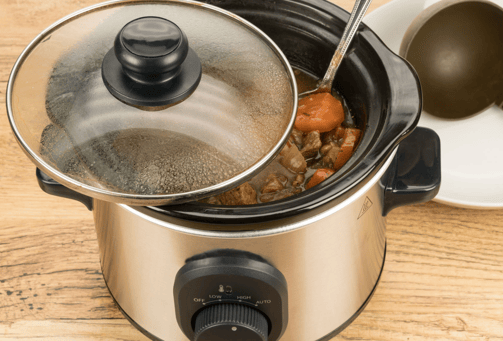

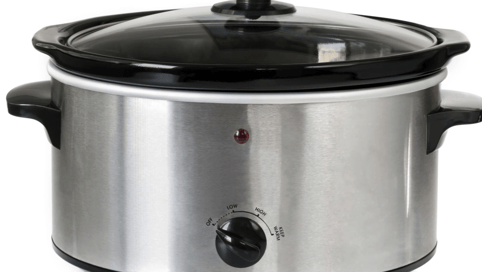

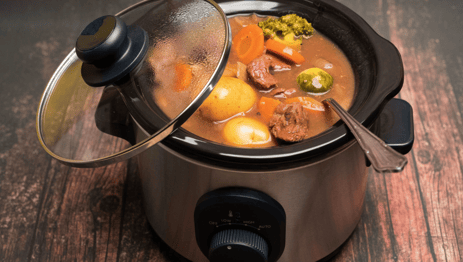



Maintenance Tips for Long-Lasting Slow Cookers
For busy professionals in Dubai, utilizing a slow cooker can significantly simplify meal preparation. However, ensuring the longevity of this essential kitchen appliance requires proper maintenance. Routine cleaning is paramount; it prevents food residue buildup that can affect the cooker’s performance. After each use, carefully wash the removable pot with warm, soapy water and avoid abrasive materials that can scratch its surface. For the outer surface, a damp cloth is usually sufficient to keep it looking pristine.
Proper storage of the slow cooker also plays a crucial role in its longevity. When not in use, make sure to store the slow cooker in a dry and cool place. Avoid stacking heavy items on top of it, as this can lead to unwanted dents and damage. Utilize the original packaging if possible, as it is designed to protect the appliance effectively.
Regular checks for wear and tear can help catch potential issues before they escalate into costly repairs. Pay close attention to the heating elements and ensure they are not damaged or burnt out. If the appliance has a detachable lid, inspect the seal for cracks or distortions, as these can impact cooking efficiency. Additionally, verify that all electrical components are functioning correctly. A yearly inspection by a professional can also uncover hidden issues that might compromise the appliance’s efficiency.
Seasonal checks are beneficial for maintaining optimal performance. Before heavy use during the colder months, inspect the slow cooker diligently and consider giving it a thorough cleaning. Adopting these preventative care strategies not only extends the life of your slow cooker but also ensures that it remains ready to assist you in preparing nutritious and delicious meals without the hassle. Regular maintenance is an investment in time and effort that yields significant rewards.
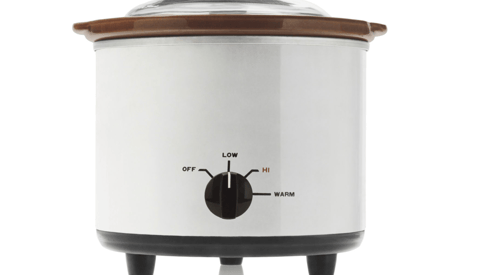

FastRepairs.ae
Reliable repair solutions for your needs.
Contact
Contact Form
contact@fastrepairs.ae
© 2024. All rights reserved.
This website is developed and managed by PranveraSolutions.
PranveraSolutions is not affiliated with fastrepairs.ae and is not responsible for any content, services, or actions of fastrepairs.ae. Any issues or legal matters should be directed to fastrepairs.ae
Hours
Monday, 9:30 am–8 pm
Tuesday, 9:30 am–8 pm
Wednesday, 9:30 am–8 pm
Thursday, 9:30 am–8 pm
Friday, 9:30 am–8 pm
Saturday, 9:30 am–7 pm
Sunday, 9:30 am–7 pm
Blog

